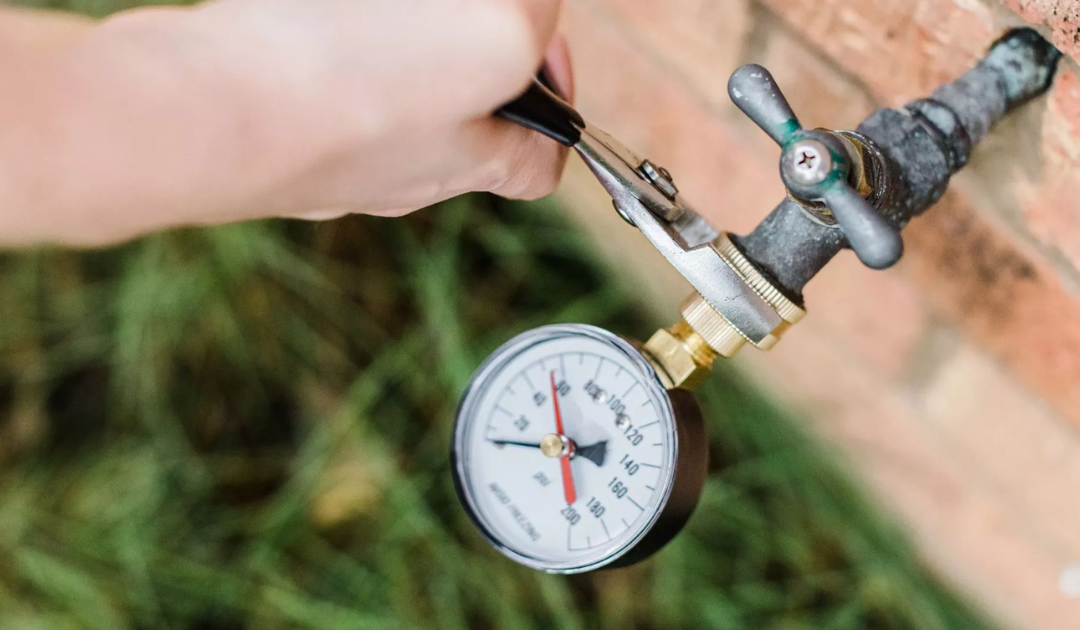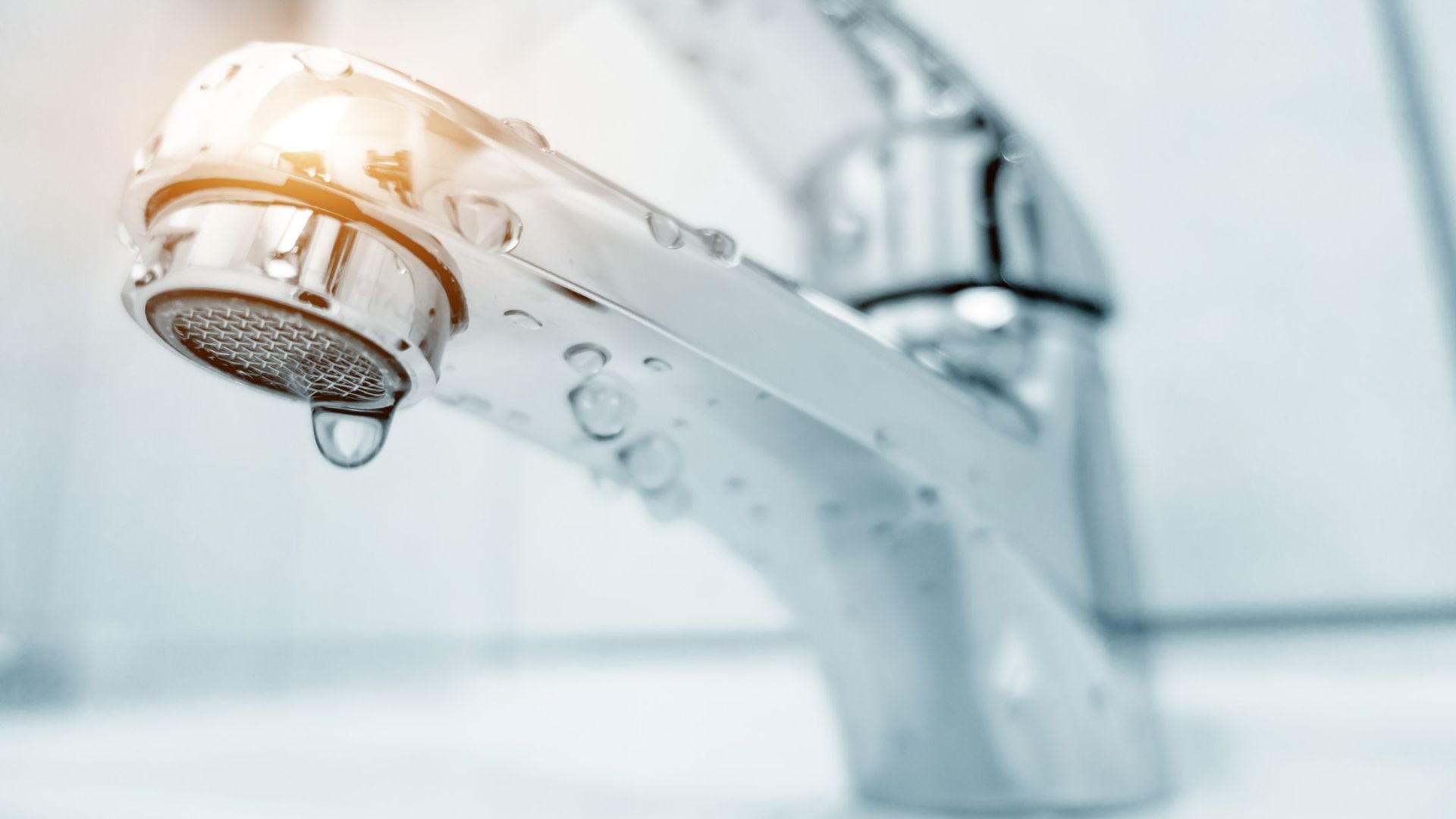Speedy Remedies for Minimal Water Pressure in Your Home
Speedy Remedies for Minimal Water Pressure in Your Home
Blog Article
Right here underneath you'll find additional superb resources around 4 Ways to Troubleshoot Low Water Pressure.

Low water pressure in your house can be an irritating trouble, influencing everything from showering to washing dishes. If you're experiencing weak water flow, there are several possible reasons and remedies to check out. In this guide, we'll talk about usual factors for low tide pressure and useful steps to address the issue effectively.
Introduction to Low Water Stress
Low water stress happens when the circulation of water from your taps, showers, and other components is weaker than typical. This can make everyday tasks more tough and much less reliable. Recognizing the root causes of low tide stress is vital to finding the best service.
Typical Reasons For Low Tide Stress
Faulty Pressure Regulatory Authorities
Stress regulatory authorities are responsible for keeping consistent water pressure in your home. If they malfunction, it can cause low water pressure or irregular circulation throughout the house.
Municipal Water System Issues
Occasionally, the issue lies outside your home. Community water supply problems, such as main line leakages or upkeep job, can temporarily decrease water stress in your location.
Pipe Obstructions
Gradually, pipes can become blocked with mineral deposits, sediment, or debris, restricting the flow of water. This is a common concern in older homes with galvanized steel pipes.
Corrosion
Corrosion within pipelines can lead to leakages and reduced water pressure. Rust build-up can constrict water flow, particularly in maturing plumbing systems.
Exactly How to Detect Low Tide Stress
Examining Pipelines
Check visible pipelines for indications of leaks, rust, or obstructions. Pay attention to any unusual noises, such as banging or rattling pipes, which can suggest concerns within the plumbing system.
Consulting with a Plumber
If you're unable to pinpoint the source of low water pressure, take into consideration hiring an expert plumber to carry out a detailed assessment. They can recognize underlying issues and advise proper remedies.
Inspecting Faucets and Fixtures
Start by testing the water stress at different faucets and fixtures throughout your home. If the problem is isolated to specific areas, it may suggest local problems.
DIY Solutions to Fix Low Tide Stress
Flushing Hot Water Heater
Sediment accumulation in the water heater can limit circulation and lower effectiveness. Flushing the container occasionally aids get rid of sediment and keep ideal efficiency.
Checking Pressure Regulator
Guarantee that the stress regulatory authority is operating correctly. Adjusting or changing the regulatory authority can aid recover proper water stress throughout your home.
Cleaning Aerators and Showerheads
Natural resources can gather in aerators and showerheads, reducing water flow. Eliminate and clean these parts frequently to enhance water pressure.
Clearing Up Clogs in Pipes
For small obstructions, try making use of a plumbing snake or chemical drain cleaner to clear obstructions in pipelines. Beware when utilizing chemicals and comply with safety guidelines.
When to Call a Specialist Plumber
If DIY initiatives stop working to solve the issue or if you presume considerable plumbing issues, it's ideal to look for support from a certified plumber. They have the know-how and devices to address intricate problems securely and successfully.
Safety Nets to Maintain Water Pressure
Setting Up a Stress Booster
Take into consideration installing a pressure booster pump to boost water pressure in locations with continually low circulation. This can be specifically useful for multi-story homes or properties with high-demand components.
Tracking Water Use
Bear in mind water use practices and avoid overtaxing the plumbing system. Easy adjustments, such as incredible showers and washing loads, can help keep ample water pressure.
Regular Upkeep
Arrange regular upkeep for your plumbing system to prevent concerns such as rust, leakages, and blockages. Resolving minor issues early can aid stay clear of even more substantial fixings later.
Final thought
Dealing with low tide stress can be aggravating, however identifying the underlying causes and carrying out suitable options can bring back optimum flow throughout your home. Whether it's cleansing aerators, inspecting pipelines, or talking to a plumber, taking aggressive steps can make sure a steady supply of water for your day-to-day requirements.
FOUR WAYS TO FIX LOW WATER PRESSURE NOW
Turning on a shower or faucet only to find the water comes out in a sad, slow drizzle is never a good feeling. How exactly are you supposed to wash a pan or take a quick shower when it takes 10 minutes just to rinse off a little soap? The good news is that when your water pressure is bad, there's always a cause: typically one that can be easily fixed. Here are some of the most common causes of low pressure and what you can do to fix the issue:
DEBRIS AND MINERAL DEPOSIT BUILDUPS
If you notice low water pressure from just one or two of the fixtures in your house, the problem likely has to do with debris buildup. Water is full of minerals and other debris, all of which can accumulate in your pipes and on your fixtures. This can cause a blockage that affects how much water flows through. To fix this, try filling a small plastic bag with white vinegar, and use a rubber band to hang it around your showerhead or faucet. Let the head of the fixture soak for a few hours, and the vinegar should loosen the deposits.
WATER LEAKS
Leaks are another common cause of low water pressure. If water is flowing out of your plumbing through a hole or crack before it can reach your fixture, the pressure coming out of the faucet or showerhead will be lower. A plumbing professional is your best bet for finding and repairing a leak in your water supply pipes.
Leaks are another common cause of low water pressure. If water is flowing out of your plumbing through a hole or crack before it can reach your fixture, the pressure coming out of the faucet or showerhead will be lower. A plumbing professional is your best bet for finding and repairing a leak in your water supply pipes.
A VALVE ISSUE
If you have low water pressure throughout your home, check your main shut-off valve to make sure it's completely open. You may also want to see if there's a pressure-reducing valve installed. If there is, have a plumber help you adjust the settings to get the pressure you're looking for.
OTHERS USING WATER
Believe it or not, your low water pressure could be caused by your neighbors. If you notice low pressure at certain times of day, it may be because you and the people living next to you have similar schedules - when everyone is showering at the same time, the pressure will be lower in every home. Low pressure throughout the neighborhood may also be caused by an issue with your municipal water supply. If that's the case, call the supplier to see if they're working on the issue.
https://www.rotorooter.com/blog/water-leaking/low-water-pressure-fixes/

I am very interested by 9 Reasons for Low Water Pressure in Your House and I am hoping you appreciated the new blog entry. Those who enjoyed reading our blog post plz make sure you remember to pass it around. I value your readership.
Pricing Report this page